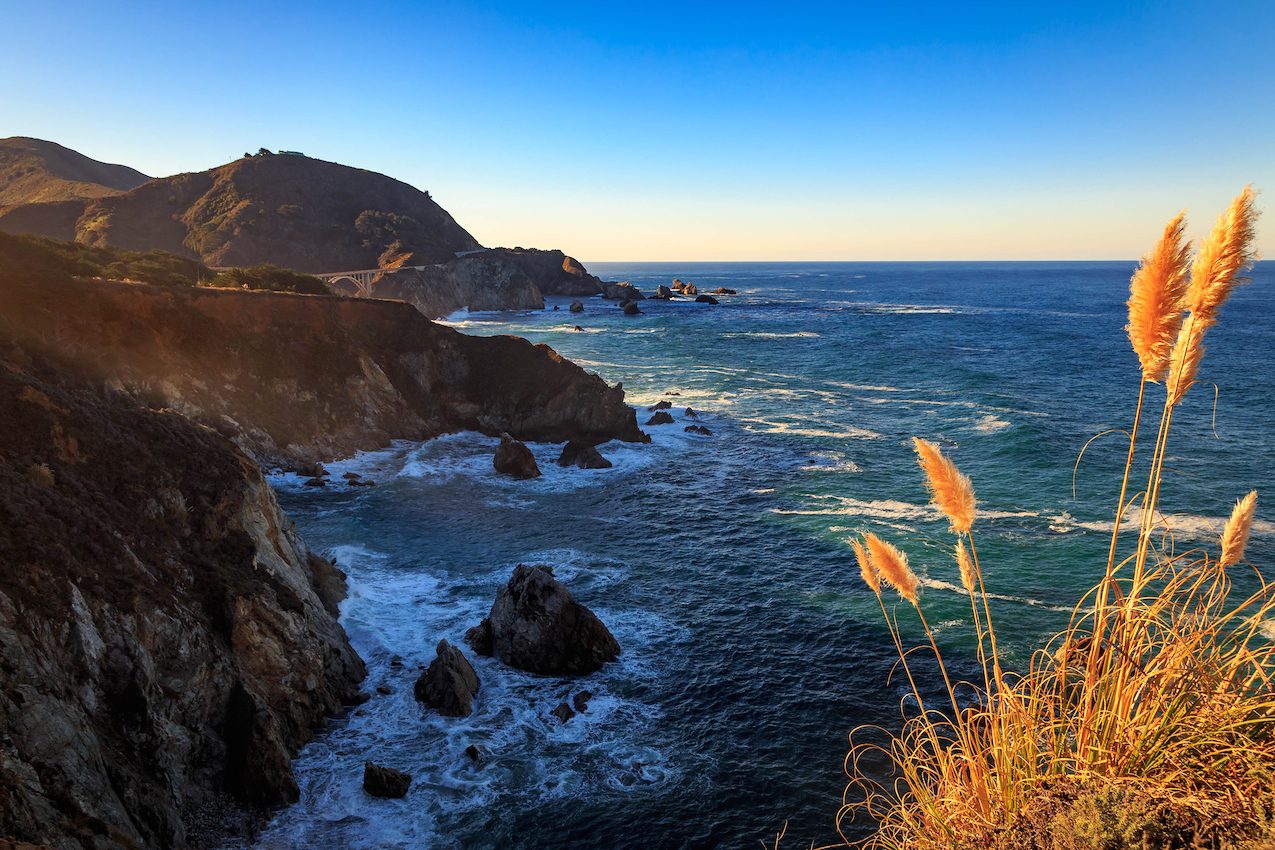
Microplastics have penetrated marine food webs in Monterey Bay
According to a new study from researchers at California’s Monterey Bay National Marine Sanctuary, microplastics, those being bits of consumer product-derived plastic debris measuring less than 5 millimeters across, which are commonly found from ocean surface to sea floor, are also entering the marine food web of Monterey Bay.
This study, published in Scientific Reports, is the first to systematically look at microplastic contamination via repeated sampling at the same locations and ranges of depths.
Small ocean animals are currently consuming microplastic, which therefore introduces the debris to the entire marine food web.
“Our findings buttress a growing body of scientific evidence pointing to the waters and animals of the deep sea, Earth’s largest habitat, as the biggest repository of small plastic debris,” said lead author Anela Choy, a former postdoctoral fellow at the Monterey Bay Aquarium Research Institute (MBARI) and current assistant professor at Scripps Institution of Oceanography at the University of California San Diego. “Our study demonstrates a link between microplastics distributed across the water column and entry of this foreign material into marine food webs by important marine animals, such as pelagic crabs and giant larvaceans.”
“This research shows how we can leverage scientific, engineering and conservation expertise to develop new technology that provides powerful insights into how humans are impacting the ocean,” added MBARI engineer Kakani Katija.
To better understand the impact of microplastic on marine life, the research team used MBARI’s underwater robots, each equipped with sampling devices, to obtain and filter ocean water from two different locations in Monterey Bay. Some samples were taken from just 5 meters below the surface, whereas others were taken about 1,000 meters below the surface.
They found almost identical concentrations of microplastics in samples taken from waters near the surface and at the deepest levels. They also found four times the concentration of microplastics in midwater ranges than in waters near the surface.
Choy and her team then observed two filter-feeding marine species, pelagic red crabs and giant larvaceans, to see if microplastic invaded the food web. Unsurprisingly, it has — microplastic was found in all of the animals surveyed.
A team of researchers from Arizona State University (ASU) concluded that the most common plastics found in the samples taken were polyethylene terephthalate (PET), polyamide, and polycarbonate, all of which are most commonly used for consumer products like food and beverage packaging. Furthermore, all of the plastic sampled was weathered, suggesting in had been in the environment for months or years. And most of the particles were collected more offshore than nearshore.
“This suggests that most of the particles did not originate from local fishing gear,” said coauthor Kyle Van Houtan, chief scientist at Monterey Bay Aquarium. “It also suggests that at least some of the microplastic was transported into the area by ocean currents.”
“These results are intriguing and show the need for similar deep-water surveys in other locations, so we can find out how widespread the problem is,” said coauthor Bruce Robison, a senior scientist at MBARI.
“The ubiquitous presence of plastic pollution throughout the water column points to source reduction–making and using less plastic in the first place–as one of the most effective means of solving this issue,” Van Houtan said. “It may be virtually impossible to remove existing microplastic from the deep sea,” he continued. “But when we slow the flow of plastic from land, we can help prevent the increasing accumulation of plastic in our global ocean.”
—
By Olivia Harvey, Earth.com Staff Writer
Main Image Credit: Shutterstock/Johnny Adolphson














